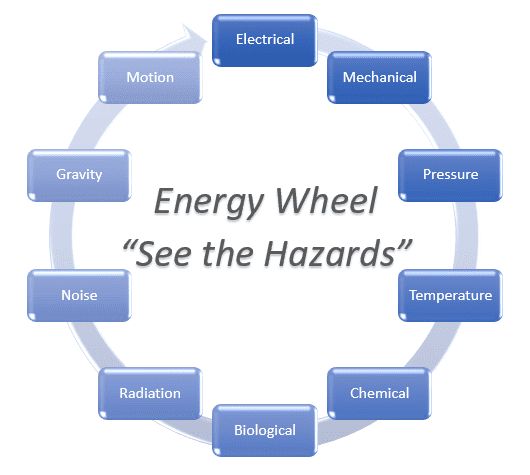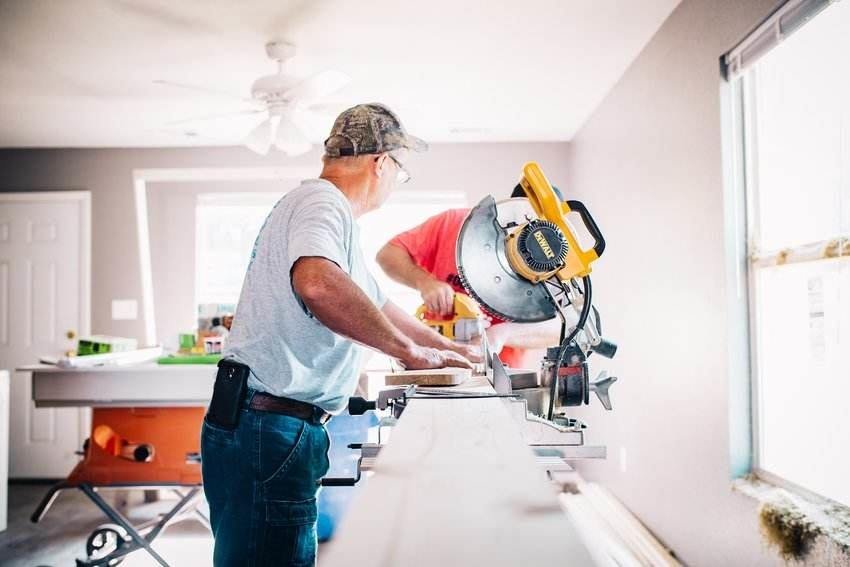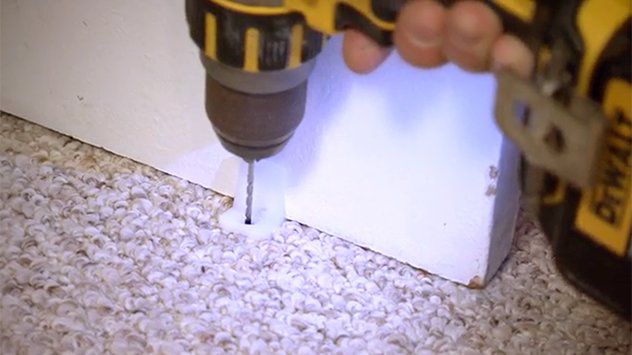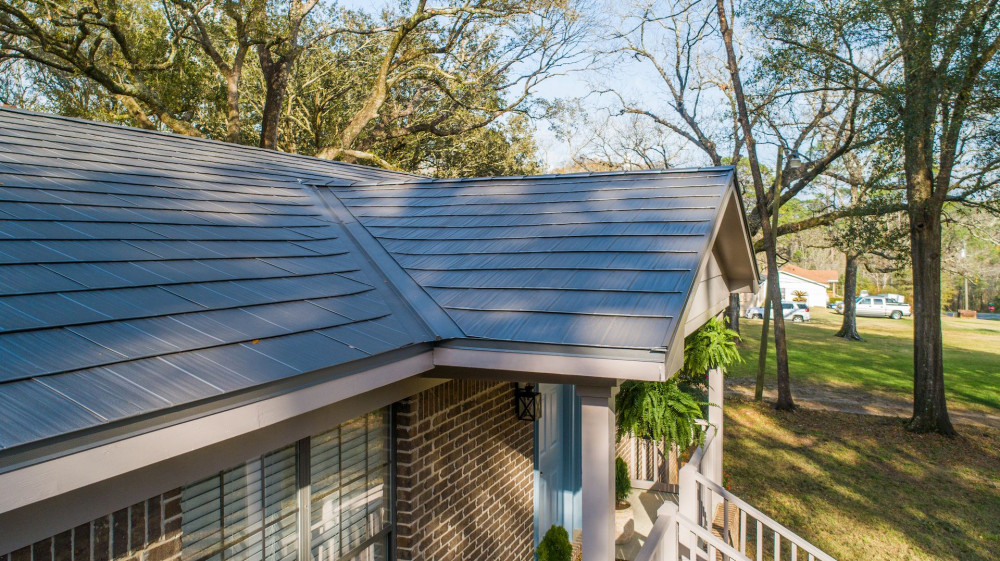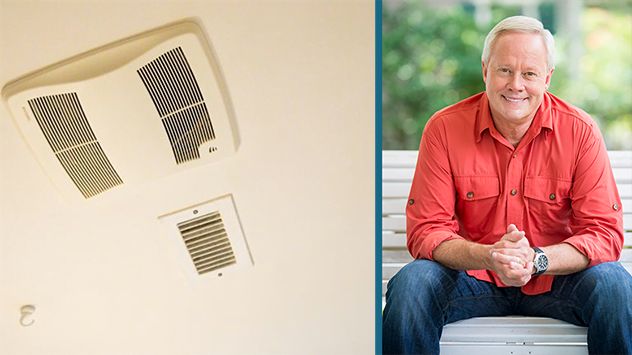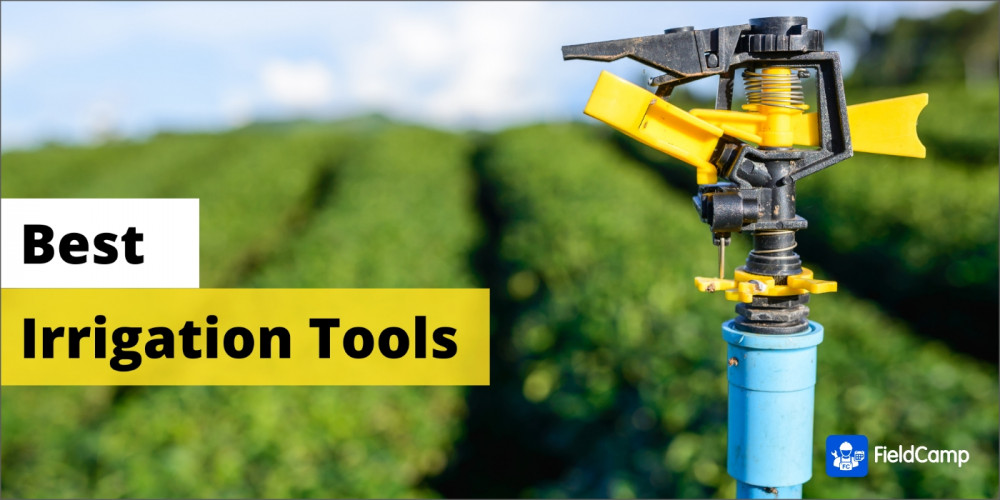A gas compressor is a mechanical device that increases the pressure of a gas by reducing its volume.
The main types of gas compressors are illustrated and discussed below.
Compressors are often described as being either open, hermetic, or semi-hermetic, to describe how the compressor and motor drive is situated in relation to the gas or vapour being compressed. The industry name for a hermetic is hermetically sealed compressor, while a semi- is commonly called a semi-hermetic compressor.
Diagonal or mixed-flow compressors are similar to centrifugal compressors, but have a radial and axial velocity component at the exit from the rotor. The diffuser is often used to turn diagonal flow to an axial rather than radial direction.
Axial-flow compressors are dynamic rotating compressors that use arrays of fan-like airfoils to progressively compress the working fluid. They are used where there is a requirement for a high flow rate or a compact design.
Reciprocating compressors use pistons driven by a crankshaft. They can be either stationary or portable, can be single or multi-staged000 hp (750 kW) are commonly found in large industrial and petroleum applications. Discharge pressures can range from low pressure to very high pressure (>18000 psi or 180 MPa). In certain applications, such as air compression, multi-stage double-acting compressors are said to be the most efficient compressors available, and are typically larger, and more costly than comparable rotary units.Another type of reciprocating compressor is the swash plate compressor, which uses pistons which are moved by a swash plate mounted on a shaft - see Axial Piston Pump.
Rotary screw compressors use two meshed rotating positive-displacement helical screws to force the gas into a smaller space. These are usually used for continuous operation in commercial and industrial applications and may be either stationary or portable. Their application can be from 3 horsepower (2.2 kilowatts) to over 1,200 horsepower (890 kilowatts) and from low pressure to moderately high pressure (>1,200 psi or 8.3 MPa).
Rotary vane compressors consist of a rotor with a number of blades inserted in radial slots in the rotor. The rotor is mounted offset in a larger housing which can be circular or a more complex shape. As the rotor turns, blades slide in and out of the slots keeping contact with the outer wall of the housing. Thus, a series of decreasing volumes is created by the rotating blades. Rotary Vane compressors are, with piston compressors one of the oldest of compressor technologies.
A scroll compressor, also known as scroll pump and scroll vacuum pump, uses two interleaved spiral-like vanes to pump or compress fluids such as liquids and gases. The vane geometry may be involute, archimedean spiral, or hybrid curves. They operate more smoothly, quietly, and reliably than other types of compressors in the lower volume range
A diaphragm compressor (also known as a membrane compressor) is a variant of the conventional reciprocating compressor. The compression of gas occurs by the movement of a flexible membrane, instead of an intake element. The back and forth movement of the membrane is driven by a rod and a crankshaft mechanism. Only the membrane and the compressor box come in contact with the gas being compressed.
A mixture of air and water generated through turbulence is allowed to fall into a subterranean chamber where the air separates from the water. The weight of falling water compresses the air in the top of the chamber. A submerged outlet from the chamber allows water to flow to the surface at a lower height than the intake. An outlet in the roof of the chamber supplies the compressed air to the surface. A facility on this principal was built on the Montreal River at Ragged Shutes neary Cobalt, Ontario in 1910 and supplied 5,000 horsepower to nearby mines.
Compression of a gas naturally increases its temperature, often referred to as the heat of compression. where
In the case of centrifugal compressors, commercial designs currently do not exceed a compression ratio of more than a 3.5 to 1 in any one stage (for a typical gas). Since compression generates heat, the compressed gas is to be cooled between stages making the compression less adiabatic and more isothermal. The inter-stage coolers typically result in some partial condensation that is removed in vapor-liquid separators.
There are many options for the "prime mover" or motor which powers the compressor:
- gas turbines power the axial and centrifugal flow compressors that are part of jet engines
- steam turbines or water turbines are possible for large compressors
- electric motors are cheap and quiet for static compressors. Small motors suitable for domestic electrical supplies use single phase alternating current. Larger motors can only be used where an industrial electrical three phase alternating current supply is available.
- diesel engines or petrol engines are suitable for portable compressors and support compressors. Common in automobiles and other types of vehicles (including piston-powered airplanes, boats, trucks, etc.), diesel or gasoline engines can power compressors using their own crankshaft power (this setup known as a supercharger), or, using their waste exhaust gas to spin a turbine connected to the the compressor (this setup known as a turbocharger).
It is possible to connect two or more compressors in tandem, effectivly doubling their CFM output and air storage capacity. The advantages of such a configuration are portability and cost savings. It is significantly less expensive to purchase smaller compressors and rig them together than it would be to purchase one large compressor with the same output. See: http://stonetoolequip.com/2010/11/03/how-to-connect-two-or-more-compressors-in-tandem/
Gas compressors are used in various applications where either higher pressures or lower volumes of gas are needed:
- in pipeline transport of purified natural gas to move the gas from the production site to the consumer. Often, the compressor in this application is driven by a gas turbine which is fueled by gas bled from the pipeline. Thus, no external power source is necessary.
- in petroleum refineries, natural gas processing plants, petrochemical and chemical plants, and similar large industrial plants for compressing intermediate and end product gases.
- in refrigeration and air conditioner equipment to move heat from one place to another in refrigerant cycles: see Vapor-compression refrigeration.
- in gas turbine systems to compress the intake combustion air
- in storing purified or manufactured gases in a small volume, high pressure cylinders for medical, welding and other uses.
- in many various industrial, manufacturing and building processes to power all types of pneumatic tools.
- as a medium for transferring energy, such as to power pneumatic equipment.
- in pressurised aircraft to provide a breathable atmosphere of higher than ambient pressure.
- in some types of jet engines (such as turbojets and turbofans) to provide the air required for combustion of the engine fuel. The power to drive the combustion air compressor comes from the jet's own turbines.
- in SCUBA diving, hyperbaric oxygen therapy and other life support devices to store breathing gas in a small volume such as in diving cylinders.
- in submarines, to store air for later use in displacing water from buoyancy chambers, for adjustment of depth.
- in turbochargers and superchargers to increase the performance of internal combustion engines by increasing mass flow.
- in rail and heavy road transport to provide compressed air for operation of rail vehicle brakes or road vehicle brakes and various other systems (doors, windscreen wipers, engine/gearbox control, etc.).
- in miscellaneous uses such as providing compressed air for filling pneumatic tires.
- in the case of the fire piston and the heat pump, the desired outcome is the temperature rise of the gas, and compressing the gas is only a means to that end.
- Cabin pressurization
- Centrifugal fan
- Compressed air
- Electrochemical hydrogen compressor
- Fire piston
- Foil bearing
- Gas compression heat pump
- Guided rotor compressor
- Hydrogen compressor
- Ionic liquid piston compressor

